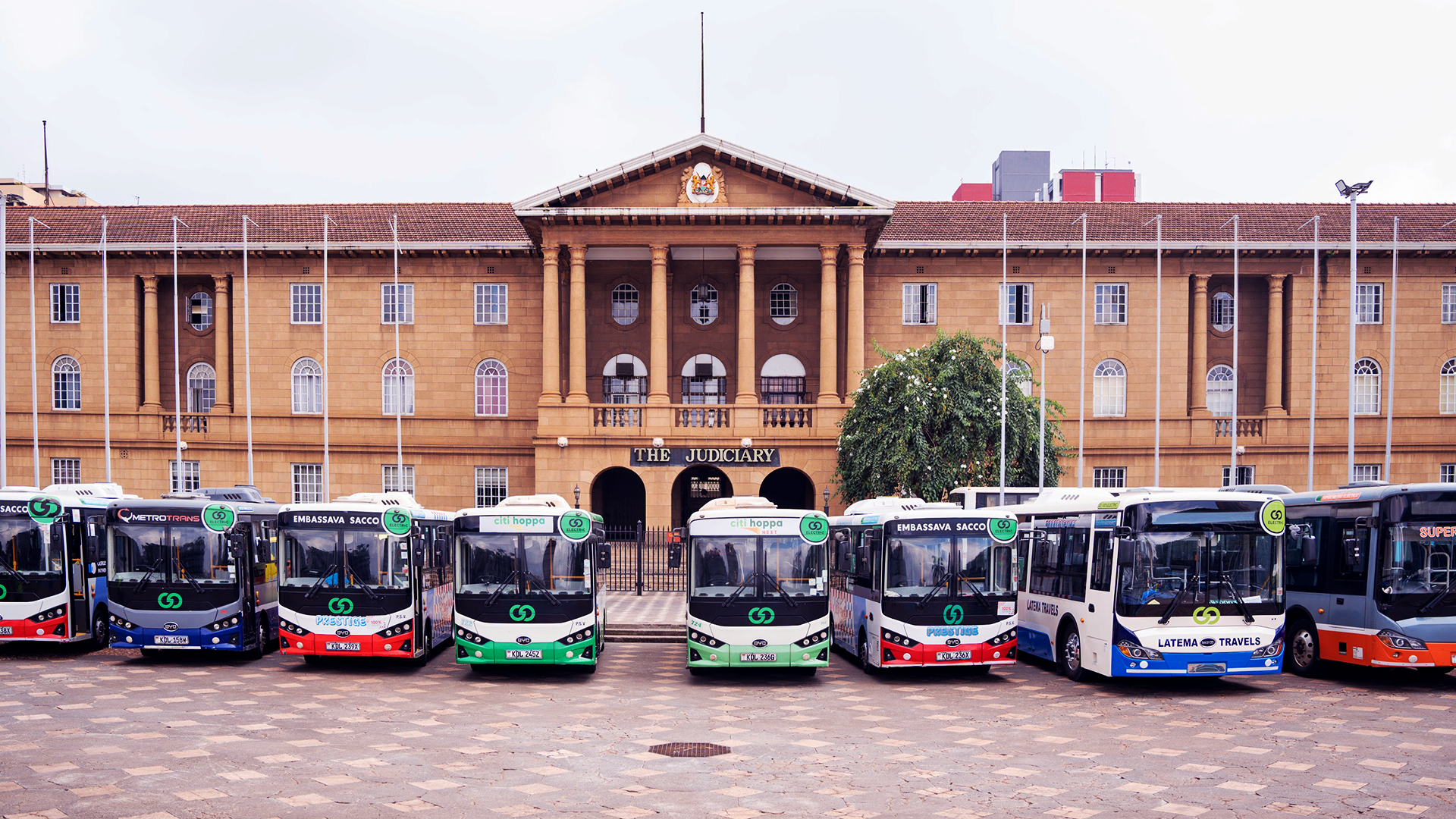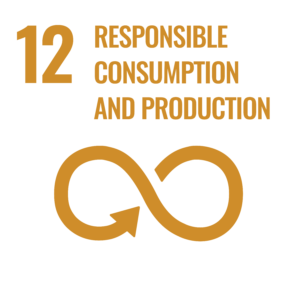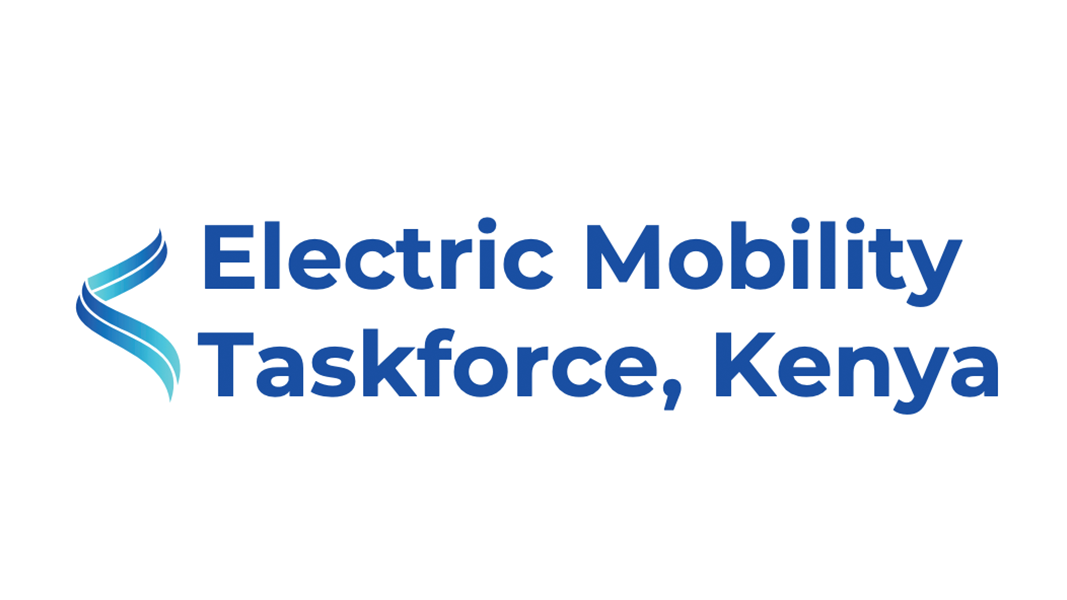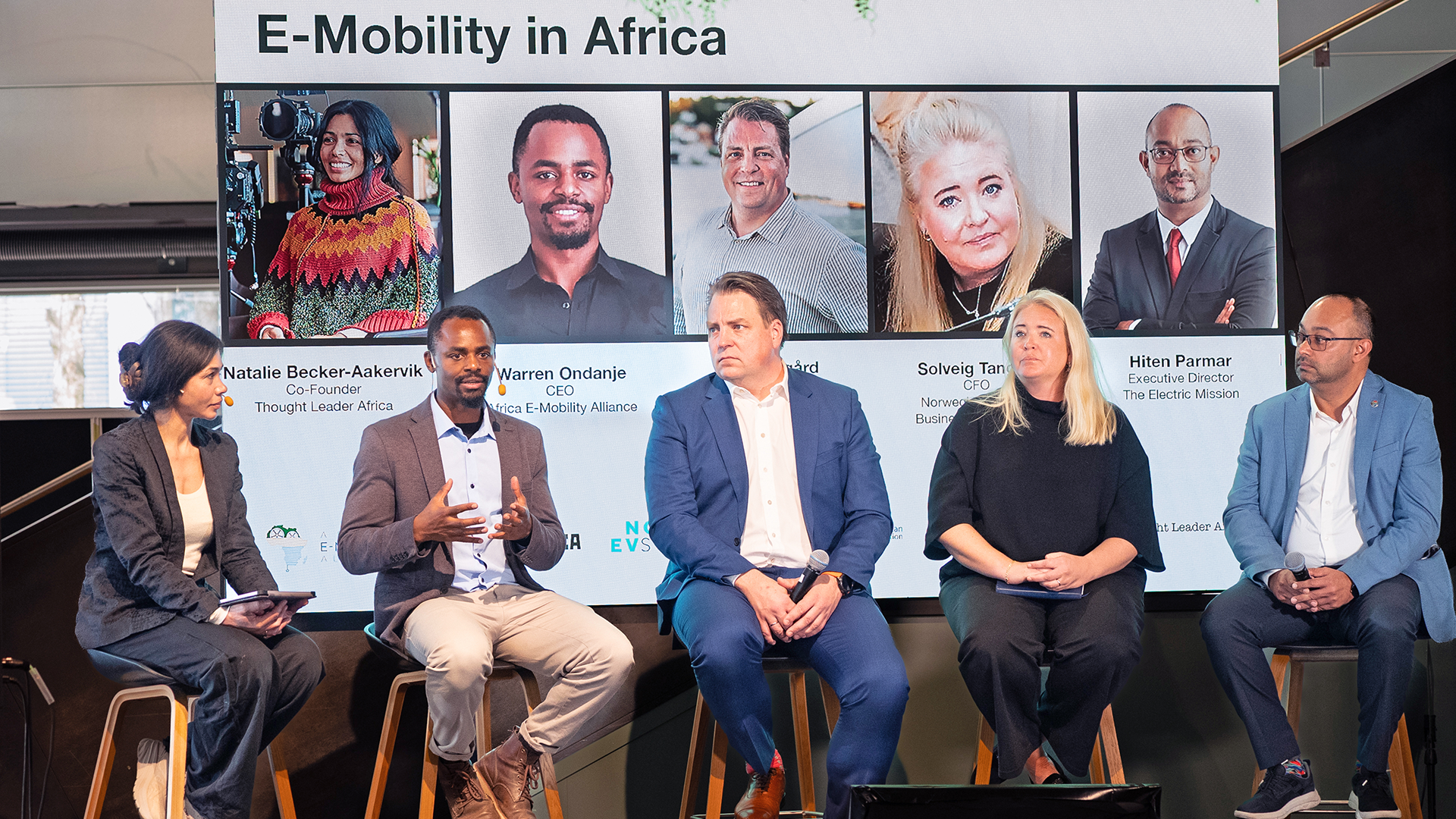Reflections from the Africa–Nordic E-Mobility Exchange in Nairobi
How Regulation is Driving Africa’s Electric Mobility Shift
By the time most people finish their morning coffee, electric motorcycles are already zipping through Nairobi’s early traffic, quieter and cheaper.
Across Africa, a growing number of governments are waking up to the promise of electric mobility. From Kenya’s new EV tariffs to Ethiopia’s bold ban on internal combustion engine imports, policies once seen as peripheral are now powering the heart of the continent’s transport revolution.
In this episode of our e-mobility series, we shift gears to focus on policy. The invisible engine behind Africa’s clean transport future. We sat down with regional leaders and policy shapers, including William Senyo (Impact Hub), Jane Akumu (UNEP), Warren Ondanje (Africa E-Mobility Alliance), and Engineer Michael Muchiri (Kenya Electric Mobility Taskforce), to unpack how regulation is shaping the road ahead.

The Policy Turn
“We are seeing many countries actually now interested in e-mobility,” notes UNEP’s Jane Akumu. “They are developing policy frameworks and incentives to shift to cleaner mobility.”
These incentives are already being felt. In Kenya, for example, Eng. Michael Muchiri points out that the country now offers special night-time charging tariffs a nod to the nation’s surplus electricity during
off-peak hours. It’s not just policy on paper, but real signals to investors and innovators.
“We’ve seen governments reduce duties on EVs,” adds William Senyo. “These are signals to the world that we’re excited and there are market opportunities here.”

From Incentives to Directives
Some countries are pushing even further. Ethiopia recently made headlines by banning the import and sale of internal combustion engine vehicles starting 2024. Rwanda followed suit by banning petrol motorcycle registrations. “These frameworks fall under supply-side regulations,” explains Warren Ondanje. “They set clear directives, creating the kind of predictability and ambition that both investors and innovators crave.”
These moves are not without strategy. As Jane Akumu points out, Ethiopia’s decision followed a phased approach from discouraging ICE vehicles through taxation to an outright ban. It’s this kind of structured policy evolution that provides both clarity and confidence.

Convening the Future
Still, challenges remain. Who installs the chargers? Will there be a return on investment for public charging infrastructure? “These are the questions we need to answer,” says Muchiri. “Can companies that profit from electric mobility invest in the necessary infrastructure? Can the national government co-invest?” To find those answers, conversations must continue and deepen.
“We’re convening policy conversations through events like Race to Zero,” says William Senyo. “Bringing together city leaders, industry players, and innovators to collectively reimagine what’s possible.”

The Road Ahead
One thing is clear: Africa’s electric mobility future won’t be built in silence. It will be debated in taskforces, declared in gazettes, and carved into roadmaps. This is why policy matters. “If Africa wants to transition,” Warren Ondanje concludes, “then it needs deadlines and directives that provide market confidence.”
Because in the race to electrify, policy isn’t just the road it’s the fuel.
















